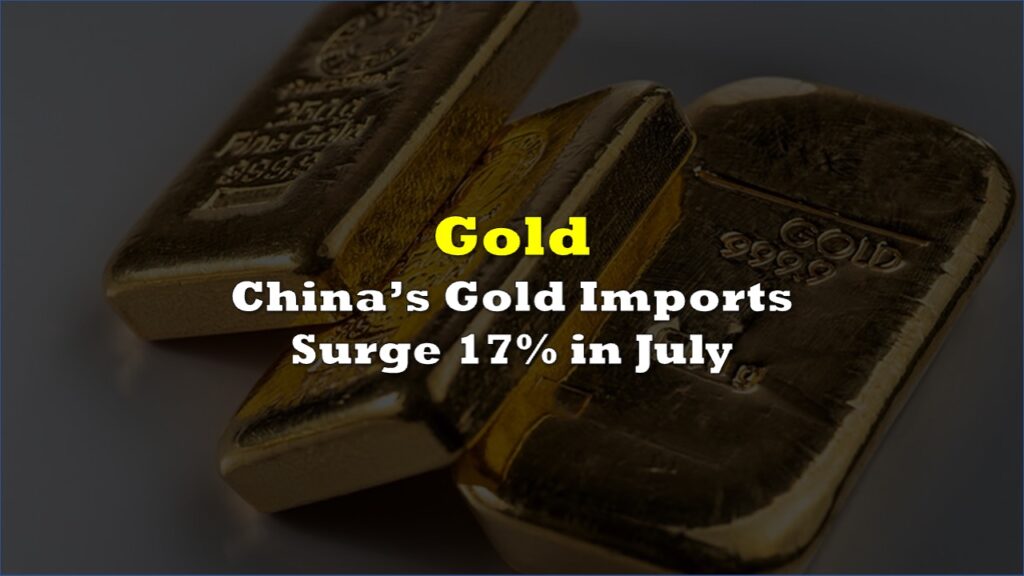Indonesia is using a new tiered export duty on gold to pursue a rather ‘soft’ nationalization of the metal, redirecting value from miners and traders toward domestic processing, financial markets, and the government balance sheet.
The Ministry of Finance plans to introduce the gold export duty by the end of next year, with the framework now in its “final stage,” according to fiscal strategy director general Febrio Nathan Kacaribu. When global prices trade between $2,800 and $3,200 per ounce, duties will range from 7.5% to 12.5%. If prices break above $3,200, the levy climbs to 10% to 15%.
The tariff will discriminate by product, tightening the screws most on semi-processed and bulk forms that currently feed foreign refineries. Febrio said “dore, nuggets, ingots, or cast bars” will face the highest rate, while minted bars sit at the bottom of the schedule.
The policy lands as Indonesia, the world’s eighth-largest gold producer, pushes an aggressive “downstreaming” agenda that already covers nickel and now extends to coal.
Even with this slight intervention, markets treated the announcement as an immediate hit to producer margins and mine valuations. Archi Indonesia fell 5.9% on the day, while Merdeka Gold Resources dropped 3.5% as investors recalibrated cash flow models to reflect higher fiscal leakage on exports.
The move comes after a powerful run-up in gold prices that has amplified the prize at stake. Benchmark bullion has surged from $2,565 per ounce last year to a record near-$4,400 before a recent pullback, expanding profitability for efficient producers and intensifying competition for secure, long-life reserves.
For a producer that still imports more than 40 metric tons of gold annually despite output above 150 tons, the government is signaling that more of that upside should be captured onshore.
Domestic financialization of gold has accelerated in parallel with the physical push. In July, the Indonesia Stock Exchange confirmed plans to list a gold exchange-traded fund, creating a new channel for local investors to gain exposure to bullion without moving metal abroad. Two months later, Merdeka Gold Resources completed a 4.66 trillion rupiah share sale, the largest gold IPO of the year, at 4.6 times oversubscription, and has since opened the Pani Gold Mine with a target throughput of 7 million metric tons of ore per year.
Aneka Tambang, the country’s largest bullion producer, recently raised its retail gold price by 27,000 rupiah in a single day to 2,287,000 rupiah, roughly ten times the usual daily move and about a 1.2% jump from the prior level.
Industry experts frame the duty as a response to a widening domestic supply gap. Rizal Kasli, chairman of the Indonesian Mining Experts Association, calls the export levy “reasonable” given that local demand is rising faster than supply and Indonesia still imports.
Yet producer groups warn that Jakarta risks overreaching if it taxes the highest value products as aggressively as raw flows. Hendra Sinadia, chairman of the Indonesian Mining Association, argues that refined bullion “should not be banned from export, nor should it be subject to export duties.”
For now, all available figures and official statements align on a single conclusion: Indonesia is using taxes rather than outright expropriation to pull its gold sector closer to the state, testing how far soft nationalization can go before it slows the boom it aims to control.
Information for this story was found via Scottsdale Mint and the sources and companies mentioned. The author has no securities or affiliations related to the organizations discussed. Not a recommendation to buy or sell. Always do additional research and consult a professional before purchasing a security. The author holds no licenses.









